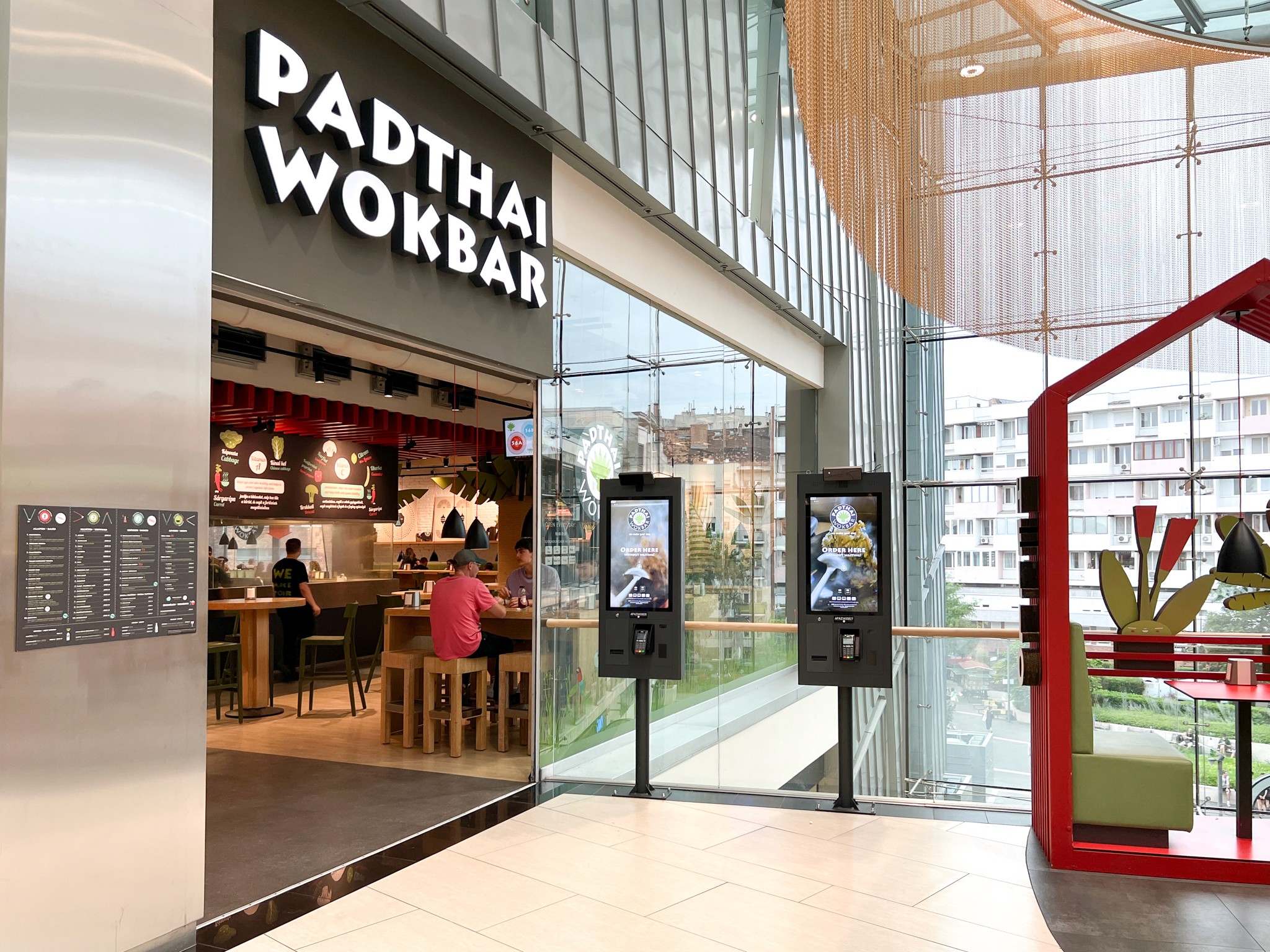For shopping center owners and managers, the quest to streamline operations, enhance customer satisfaction, and boost revenue is ongoing. The introduction of centralized kiosk systems in high-traffic areas presents a groundbreaking solution to these challenges. Here's a closer look at how this technology revolutionizes the food court experience, benefiting both customers and business owners.
Streamlining operations across the board
Problem: Managing multiple ordering systems for different restaurants can be cumbersome and inefficient, leading to operational bottlenecks and increased wait times for customers.
Solution: Centralized kiosk systems simplify the ordering process by allowing customers to place orders from any restaurant within the food court at a single kiosk location. This consolidation not only improves operational efficiency but also reduces the need for each restaurant to manage its own queue, leading to smoother operations and a better allocation of staff resources.
Enhancing customer experience and choice
Problem: Customers often face the dilemma of choosing where to eat based on queue lengths rather than their actual food preferences, which can detract from their overall shopping mall experience.
Solution: By providing a unified ordering point, centralized kiosks offer customers the freedom to choose from a wide range of restaurants without the concern of standing in multiple lines. This flexibility enhances the dining experience, as customers can easily browse menus, customize their orders, and make payments all in one place, leading to higher customer satisfaction and loyalty.
Increasing sales through accessibility and convenience
Problem: Limited visibility and accessibility can restrict sales opportunities for restaurants located in less trafficked areas of the food court.
Solution: Centralized kiosks positioned in high-traffic areas ensure that all food court tenants have equal visibility, regardless of their physical location. This equal exposure increases the chances of capturing orders from passing customers, thereby boosting sales opportunities for every restaurant. The convenience of placing orders at any kiosk also encourages impulse purchases, further increasing average order values.
Reducing wait times and enhancing flow
Problem: High demand periods can lead to crowded ordering areas, creating a chaotic environment that detracts from the customer experience and can even lead to lost sales.
Solution: The efficiency of centralized kiosk systems in processing orders quickly significantly reduces wait times, even during peak hours. This improved flow not only enhances the customer experience by providing a more relaxed and organized environment but also maximizes the throughput of orders, ensuring that restaurants can handle higher volumes of orders without compromising service quality.
Providing valuable insights for business growth
Problem: Without detailed data on customer preferences and ordering patterns, it's difficult for restaurant tenants and shopping center management to make informed decisions to grow their business.
Solution: Centralized kiosk systems come equipped with analytics capabilities, offering detailed insights into customer behavior, popular items, peak ordering times, and more. This data is invaluable for both individual restaurants and mall management, allowing for tailored menu adjustments, targeted promotions, and strategic planning to meet customer demand more effectively.
Centralized kiosk systems transform the food court experience in shopping malls, addressing common pain points faced by both customers and business owners. By simplifying operations, enhancing customer choice and satisfaction, increasing sales opportunities, and providing valuable business insights, these systems offer a comprehensive solution that promotes growth, efficiency, and a positive dining experience.
For shopping centers, embracing this technology means taking a significant step towards a more profitable, customer-centric food court area.

